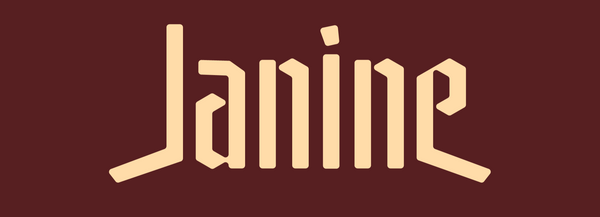The main shapes of men's and women's sunglasses frames
An overview of the iconic shapes of vintage sunglasses to assert your style with rigor. Aviator, cat-eye, wayfarer, round, oversized: each silhouette tells the story of an era, an aesthetic, a way of seeing the world.
=> Also read on our blog: The 10 most trendy shapes in vintage glasses for women
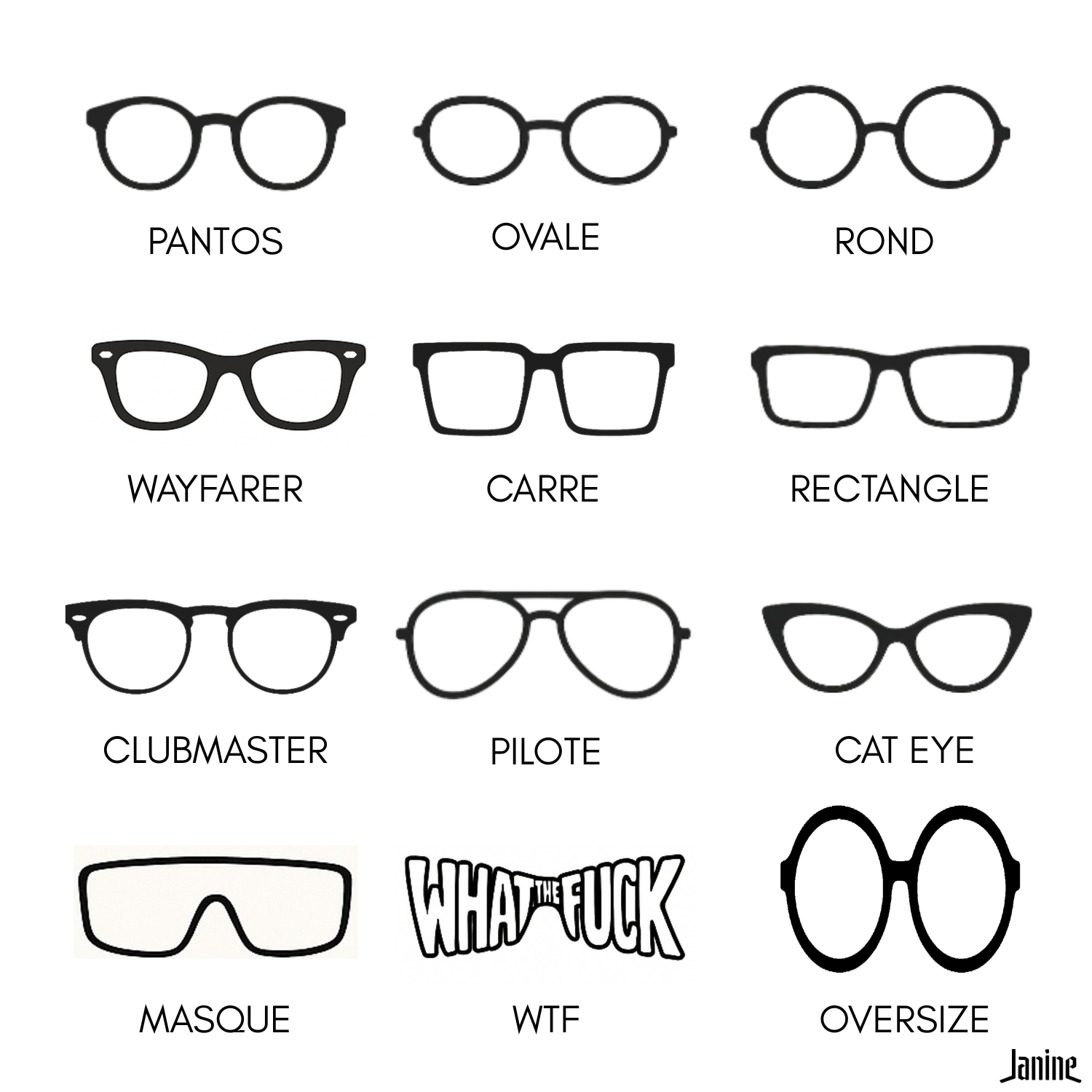
Why frame shapes matter so much...
Vintage sunglasses aren't just an accessory: they're fragments of design, history, and visual culture. Each shape harks back to a specific moment in the 20th century, a legendary figure, or a strong trend. Understanding frame shapes means learning to decipher the codes of sunglasses style.
At Vision Janine , we restore vintage frames with the utmost care, respecting their original proportions and the designer's intention. This guide is here to help you better identify the main shapes and choose the one that resonates with your own taste.
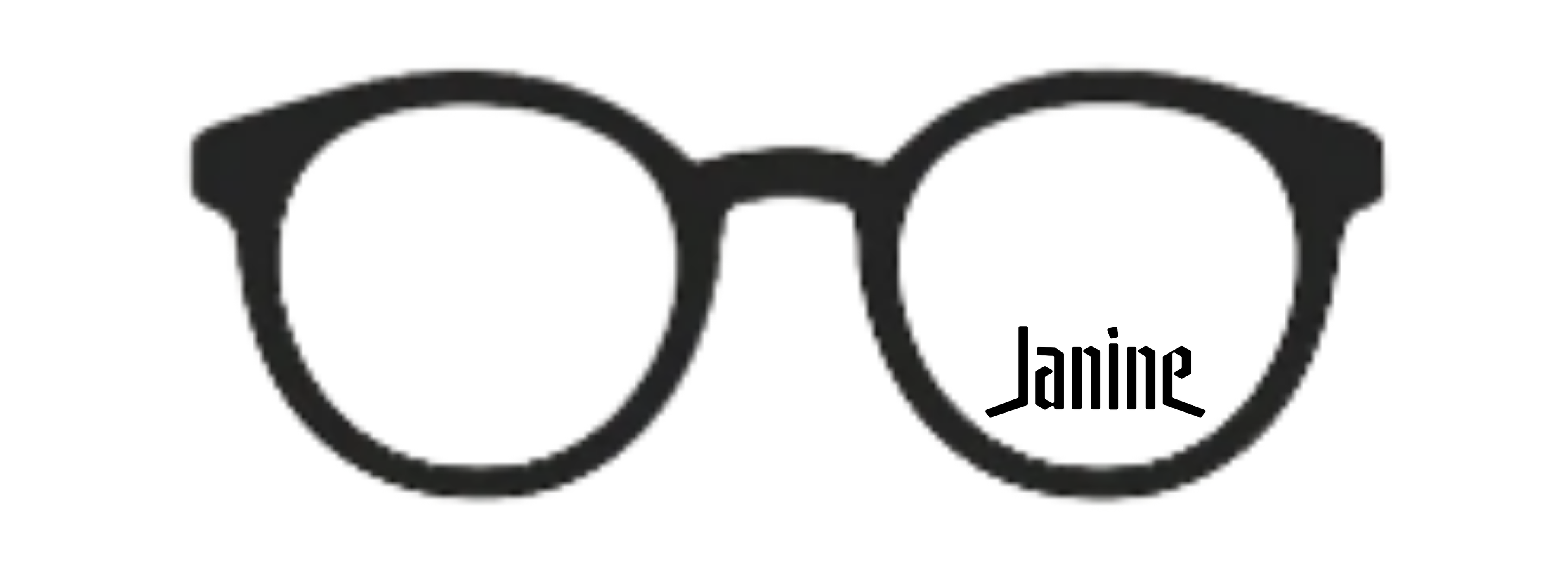
Pantos
- Features : round lenses slightly flattened on top, key bridge.
- Origin : 1940s-50s, typically French.
- Icons : standard model of artisanal optics.
- Associated look : erudite, timeless, discreet but sharp.
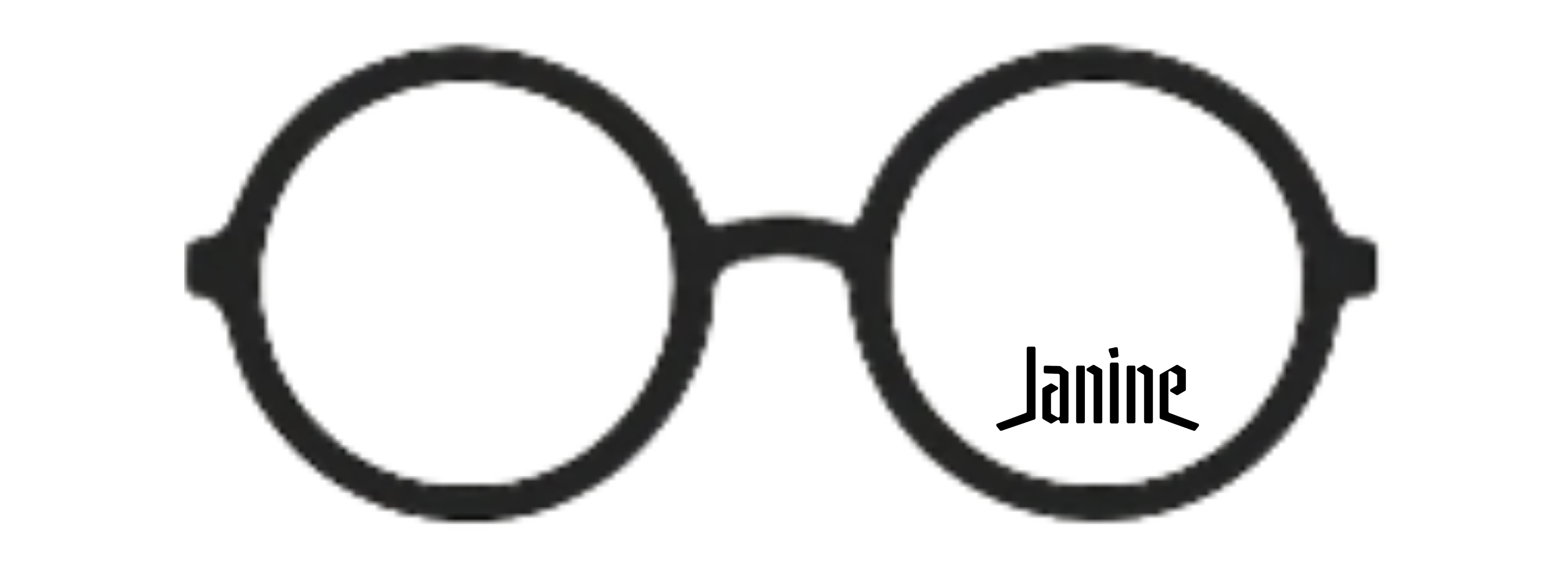
Rounds
- Characteristics : circular glasses, often metallic.
- Atmosphere : bohemian, intellectual, rock.
- Icons : John Lennon, Janis Joplin, Gainsbourg.
- Key years : 60s, 70s, back to the 90s.
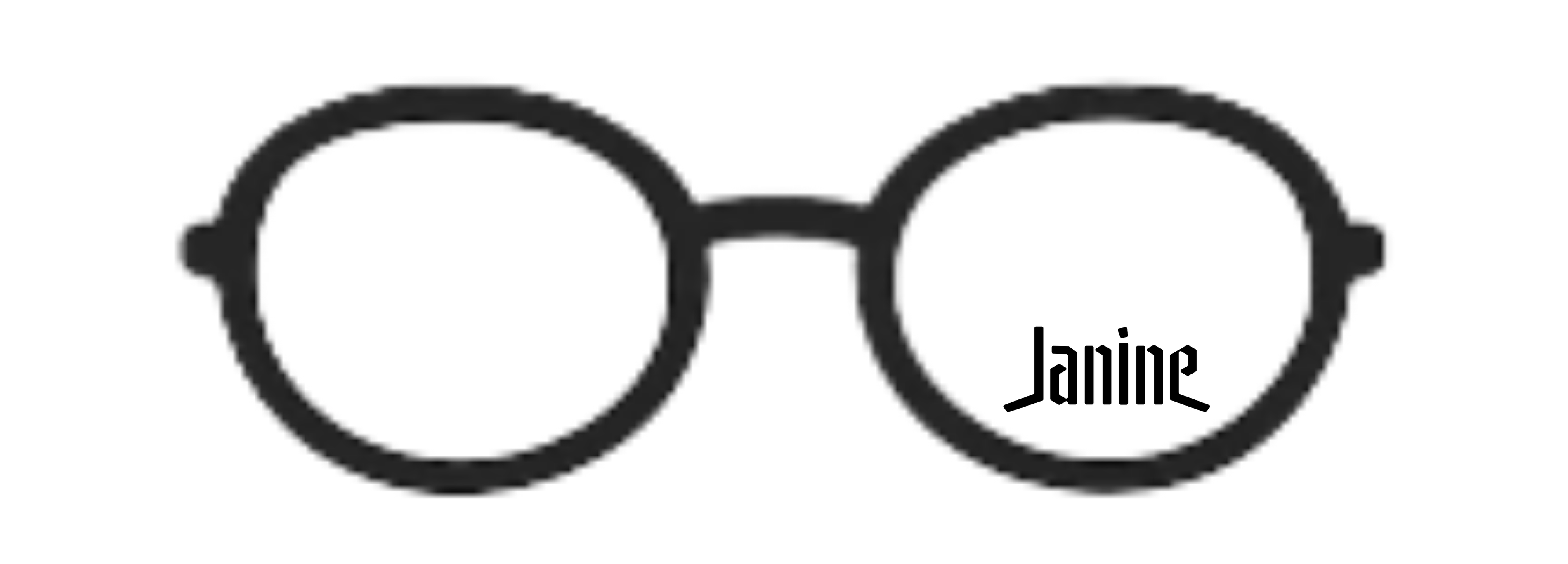
Oval
- Features : elongated lenses in width, softer than round.
- Atmosphere : delicate, discreet, elegant.
- Icons : Nina Ricci collections, Silhouette, certain Kenzo lines.
- Key period : 80s, subtle return to the 90s.
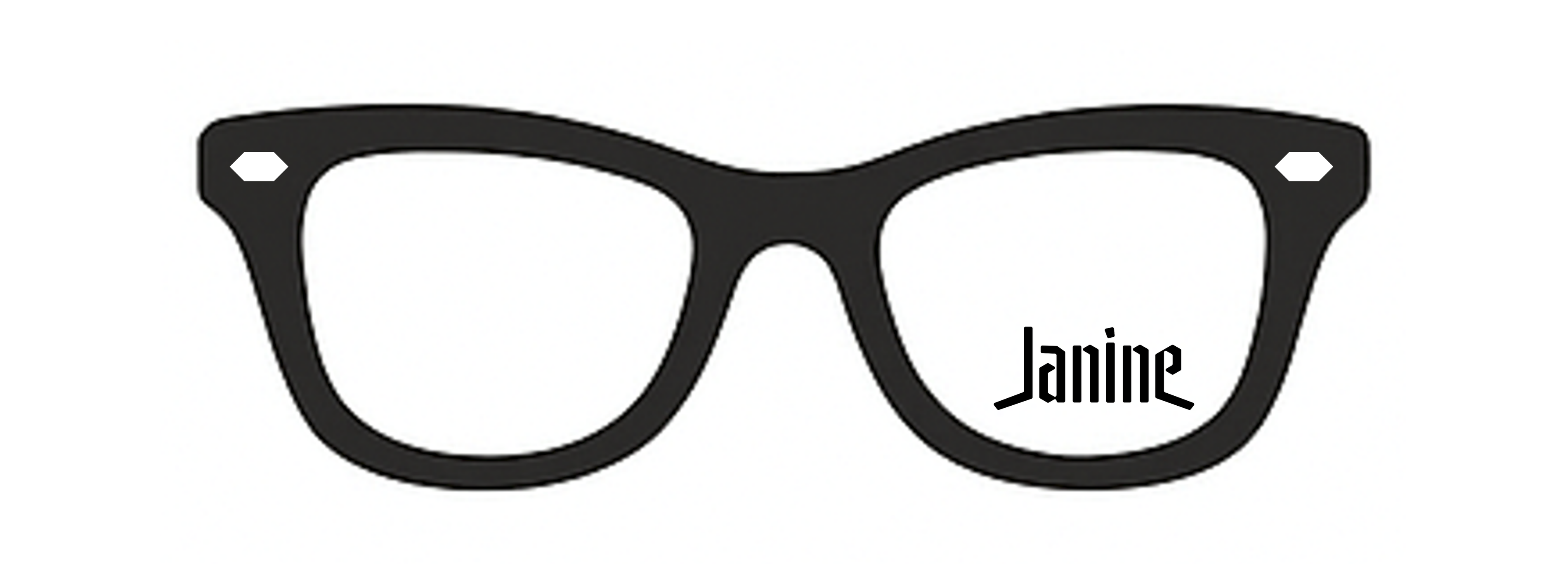
Wayfarer
- Features : sharp angles, thick acetate, straight temples.
- Launched by : Ray-Ban in 1952.
- Popularity : 1980s, driven by pop artists and punk icons.
- Associated look : non-conformist, urban, mixed.

Squares
- Characteristics : symmetrical shapes, right angles, often thick.
- Key years : 80s and early 90s.
- Icons : Mikli, Nina Ricci, Christian Lacroix.
- Associated look : structured, graphic, powerful.
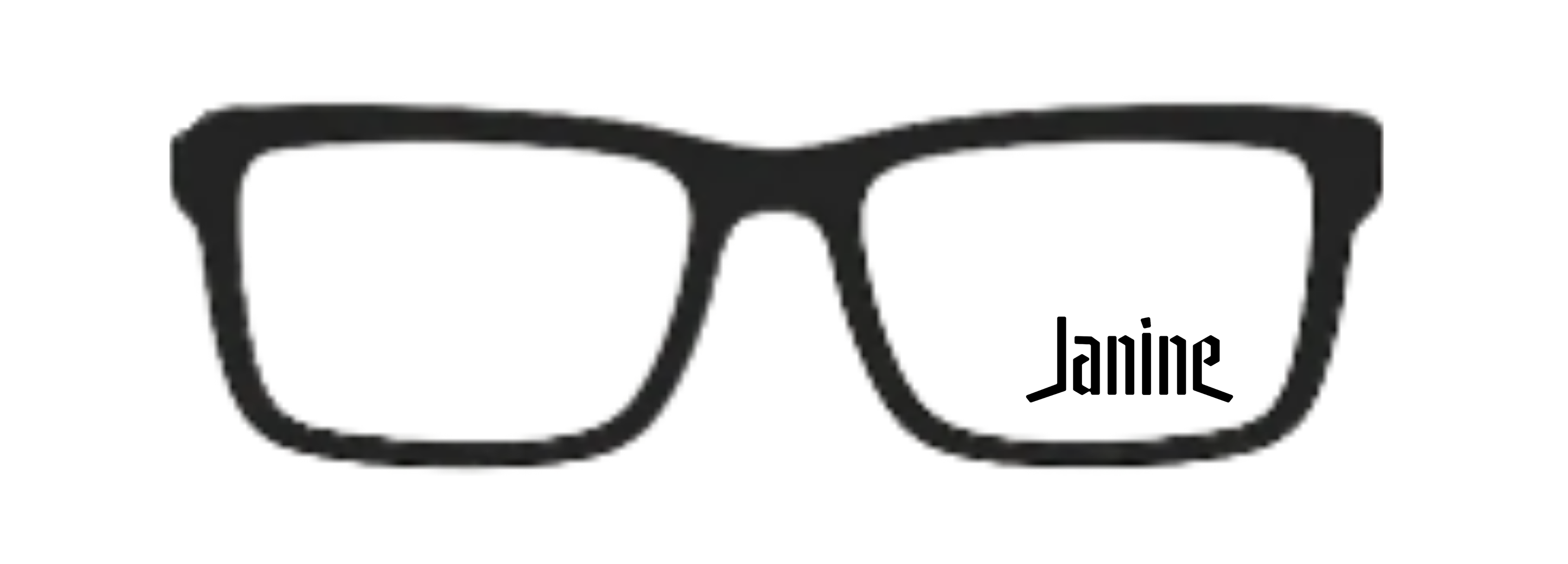
Rectangular
- Features : elongated lines, horizontal lenses.
- Peak : 90s–2000s, very present in chic sport.
- Icons : Versace, Oakley, Dolce & Gabbana.
- Associated look : dynamic, technical, futuristic.
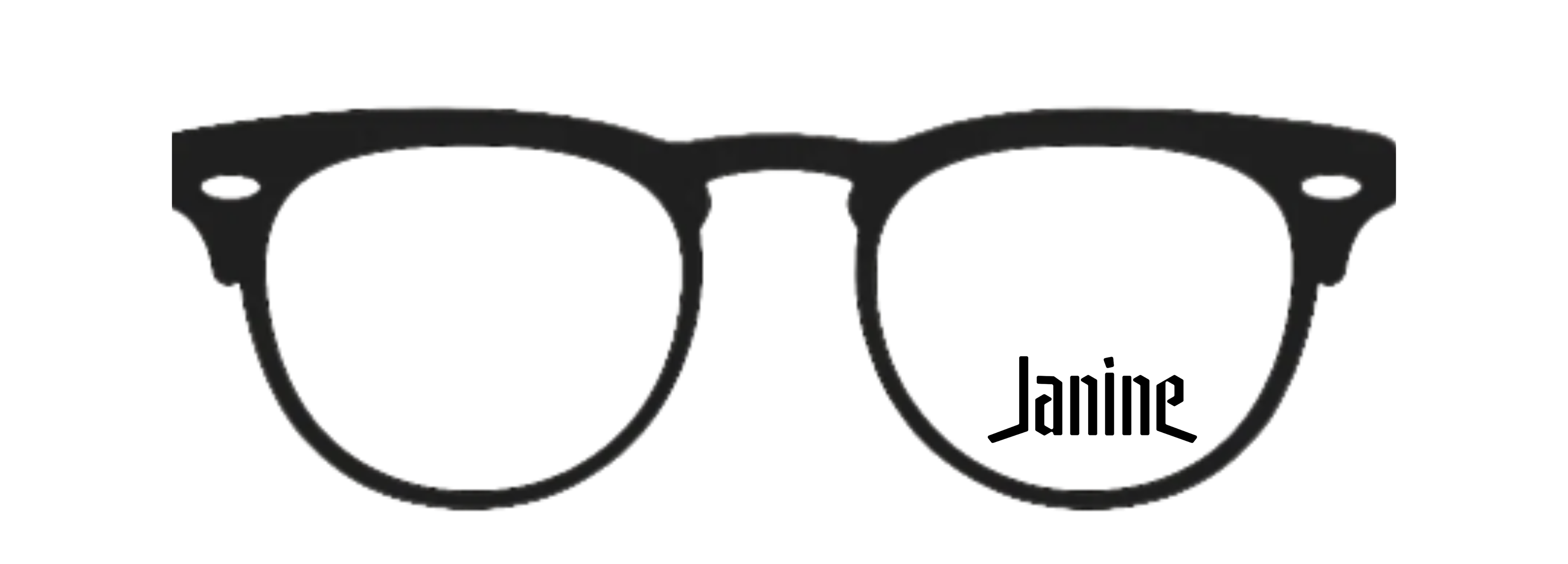
Clubmaster
- Features : Semi-rimless, thick upper, metallic bottom.
- Born at : Ray-Ban in the 1950s.
- Renaissance : in the 80s, then 2010s.
- Associated look : cool intellectual, retro, mid-century.
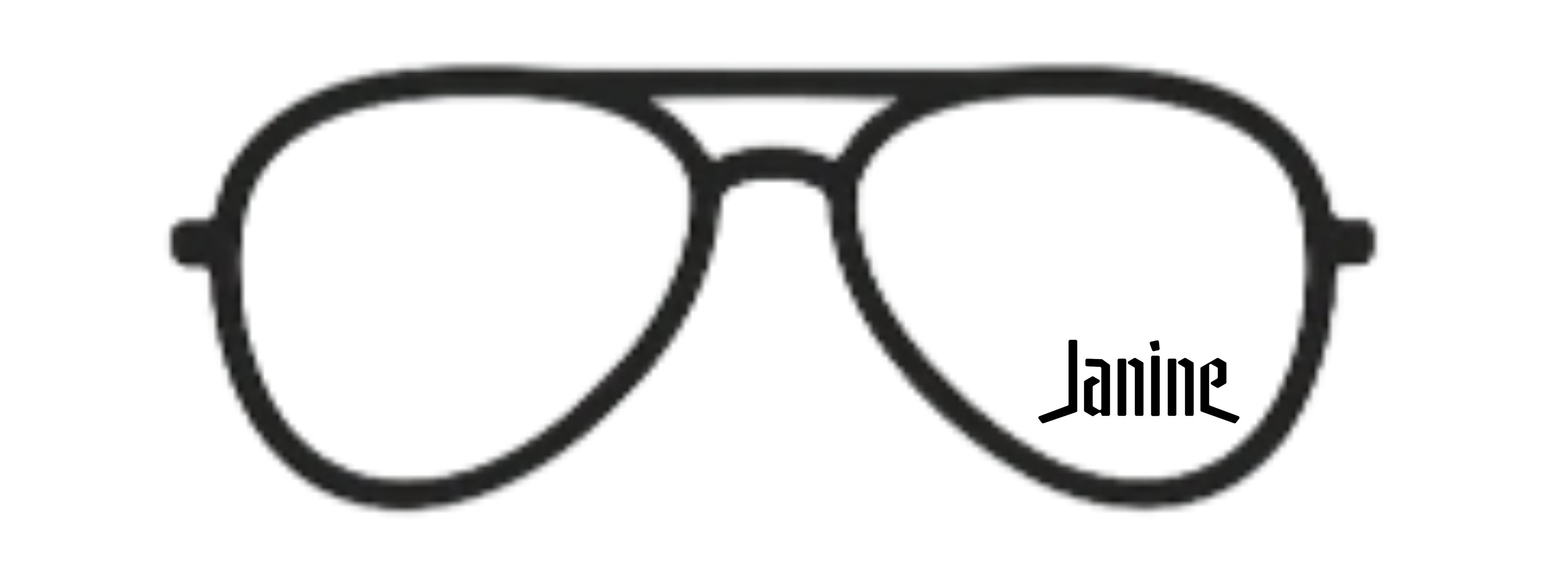
Aviator (or pilot)
- Features : Slim, metal, double bridge, inverted teardrop lenses.
- Origin : Created in the 1930s for US Army pilots.
- Icons : Ray-Ban, Porsche Design, Carrera.
- Associated look : virile, functional, a bit rebellious.
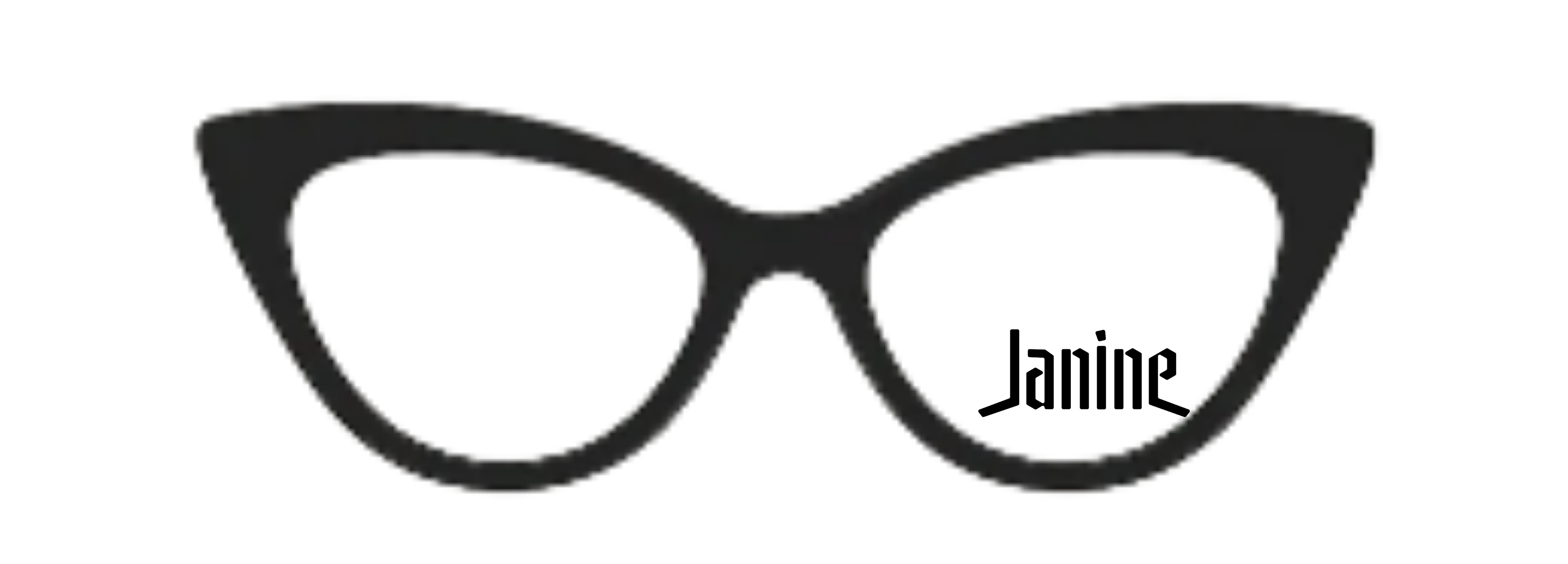
Cat-eye
- Features : feminine frames raised on the outer corners.
- Peak : 1950s-60s, Hollywood glamour.
- Icons : models by Emmanuelle Khanh, Courrèges or Jean-Paul Gaultier.
- Associated look : retro chic, sophisticated, assertive.
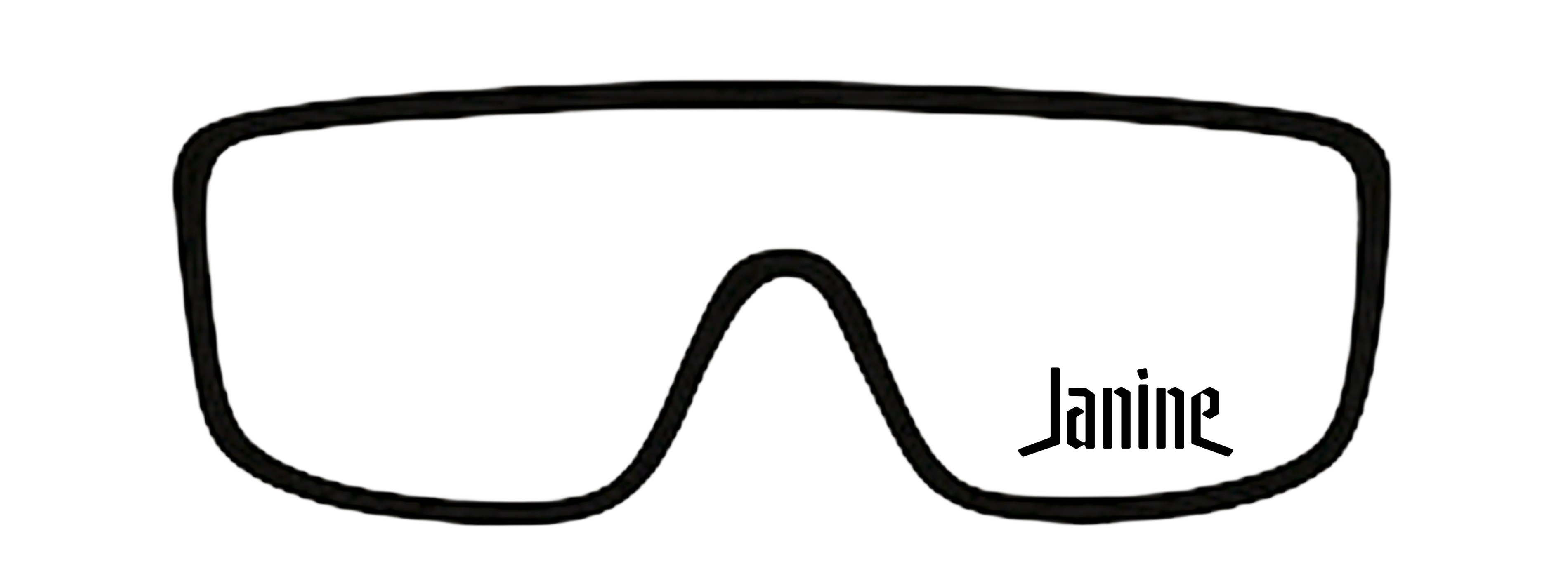
Mask
- Features : Single curved or flat screen, covers the entire width of the face.
- Influences : skiing, sport, science fiction.
- Icons : Alpina M1, Christian Dior Technologic, futuristic 2000s models.
- Associated look : avant-garde, high-tech, strong visual statement.
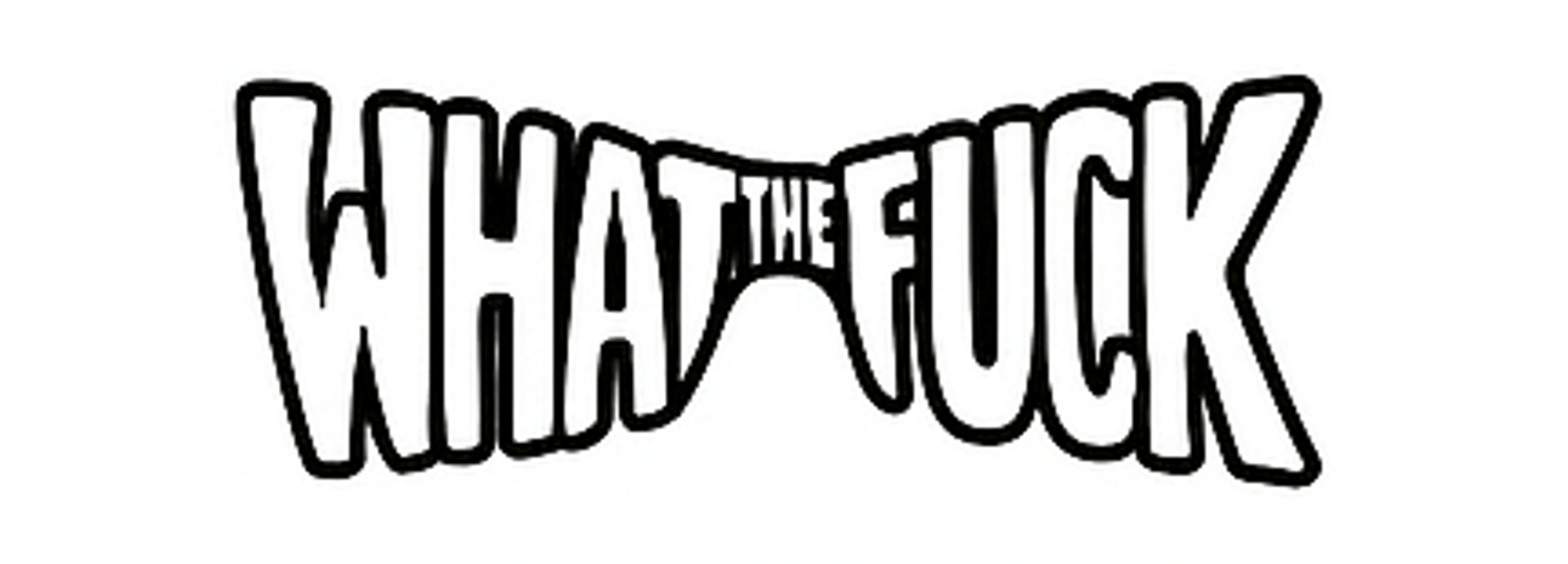
What the fuck: hybrid, crazy and unclassifiable forms
Some frames adhere to no formal logic. Asymmetrical, openwork, off-center, and with improbable geometrics, they flirt with the experimental. Worn by bold brands like Mikli, Theo, Jean Lempereur, and Issey Miyake, these deconstructed shapes embody radical design, often conceived as a work of art in its own right.
Examples :
- Inverted branches
- Floating glasses
- Shapes inspired by insects or architecture
- Articulated, modular or kinetic mounts
Associated look : artistic, conceptual, very assertive — or totally offbeat.
Oversize - toujours plus grand !
- Caractéristiques: Larges et couvrantes, les lunettes oversize attirent l’attention et confèrent une aura théâtrale.
- Apogée: 1960-1970, symboles d’élégance voyante et de glamour.
- Icônes: Jackie Kennedy ou Sophia Loren en ont fait un incontournable du style.
- Look associé: Idéales pour un look chic et affirmé, elles ajoutent mystère et sophistication.
Did you know?
Eyeglass shapes were historically linked to available technology : acetate cutting in the 1950s allowed for more sculpted shapes, while plastic injection molding in the 1980s paved the way for very thick and colorful frames.
Why turn to vintage frames?
- To rediscover forgotten or daring shapes .
- To wear a piece with a story, a cachet, an intention .
- To benefit from a sincere design , far from disposable trends.
- To assert a sustainable aesthetic that is sensitive to visual culture.
At Vision Janine
Our selection showcases the formal diversity of vintage eyewear, without ever falling into uniformity. Each frame is carefully restored, respecting its era and style. Whether you're a fan of dramatic oversize frames, minimalist pantos, or "what the fuck" shapes, you'll find pieces with a strong personality.
Collections
By forms
17 products
12 products
2 products
14 products
5 products
37 products
1 product
53 products
8 products
2 products
13 products
12 products
